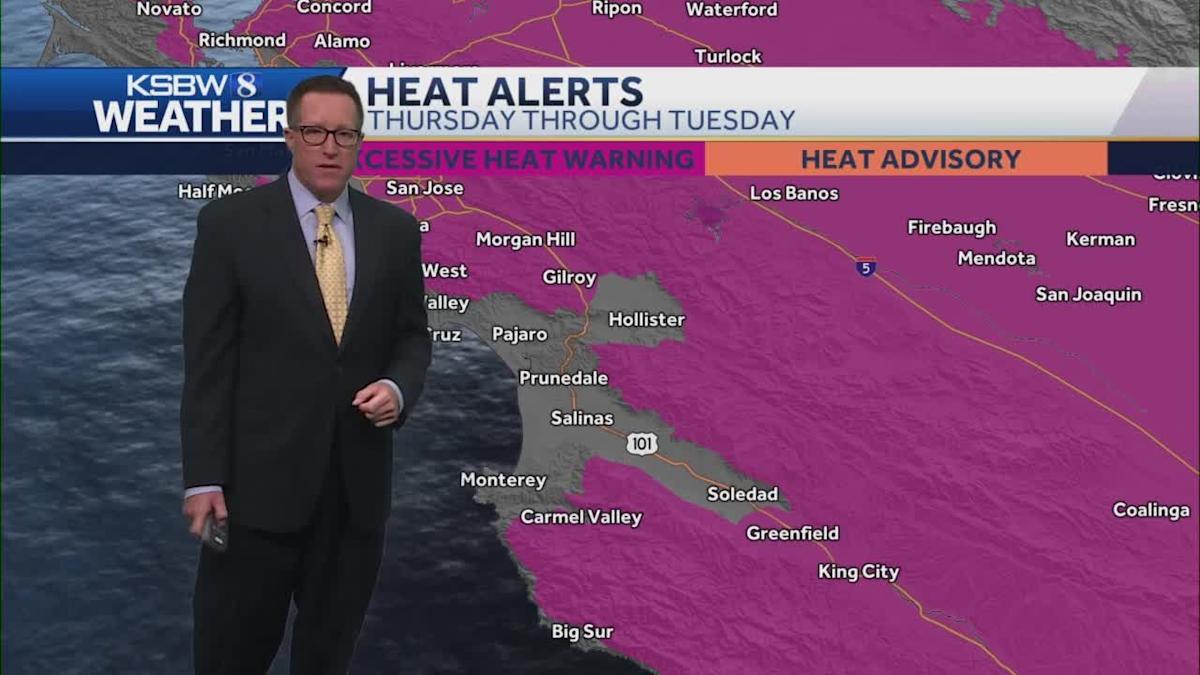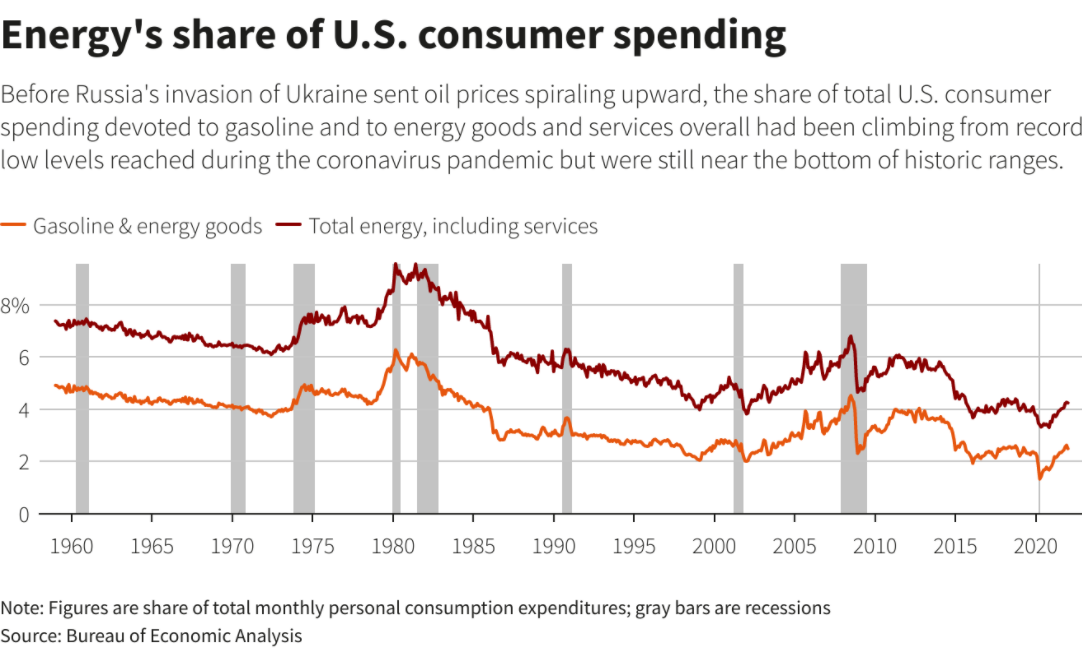Understanding The Reduction In Excessive Heat Warnings

Table of Contents
Improved Forecasting and Predictive Modeling
More accurate and timely excessive heat warnings are a significant factor in reducing heat-related incidents. This improvement stems from advancements in both meteorological technology and early warning systems.
Enhanced Meteorological Technology:
- Improved Satellite Imagery: High-resolution satellite imagery provides more detailed information about surface temperatures, atmospheric conditions, and heat island effects, leading to more precise heatwave predictions.
- Advanced Atmospheric Models: Sophisticated computer models, incorporating vast amounts of data, offer better simulations of atmospheric processes, resulting in more accurate forecasts, even several days in advance. This allows for timely dissemination of heatwave warnings.
- Better Data Analysis Techniques: Advanced data analysis techniques, including machine learning and artificial intelligence, help identify patterns and trends in weather data, improving the accuracy and reliability of heatwave predictions. These techniques allow for more nuanced and location-specific heat warnings.
Early Warning Systems and Dissemination:
- National Weather Service Improvements: The National Weather Service (or equivalent agencies globally) have invested heavily in improving their warning systems, including more sophisticated alert thresholds and quicker dissemination methods.
- Mobile Alert Systems: The widespread use of mobile phone alerts ensures that timely heatwave warnings reach a large segment of the population, directly impacting individual preparedness.
- Social Media and Public Awareness Campaigns: The integration of heat warnings into social media campaigns and public awareness efforts ensures that information reaches a broader audience, even those who may not regularly consult traditional weather sources.
Climate Change Adaptation and Mitigation Strategies
While natural weather patterns play a role, human interventions are also significantly impacting the frequency and intensity of heatwaves, and thus, the need for excessive heat warnings.
Urban Heat Island Effect Mitigation:
- Increased Green Spaces: Planting more trees and creating green spaces helps reduce urban temperatures, mitigating the urban heat island effect and lessening the intensity of heatwaves.
- Cool Roofs and Pavements: Implementing cool roofs (reflective materials) and pavements reduces the amount of heat absorbed and reradiated into the urban environment, lowering overall temperatures.
- Improved Urban Planning: Designing cities with better ventilation, shading, and green infrastructure can significantly reduce the impact of heatwaves. This proactive approach to urban design directly impacts the severity of heat warnings required.
Public Awareness Campaigns and Education:
- Public Service Announcements (PSAs): Targeted PSAs emphasizing heat safety practices, including hydration, seeking shade, and recognizing heatstroke symptoms, increase public awareness and preparedness. These campaigns can drastically reduce heat-related illnesses and fatalities.
- Educational Programs: Community-based educational programs focusing on heat safety, particularly targeting vulnerable populations (elderly, children), improve overall community resilience during heatwaves.
- Heatwave preparedness kits: Promoting the preparation of heatwave preparedness kits containing essentials such as water, electrolyte drinks, and cooling items, enables individuals to better manage extreme heat events.
Changes in Weather Patterns and Natural Variability
Understanding the role of natural weather patterns and long-term climate trends is crucial to comprehending shifts in excessive heat warning frequency.
Natural Climate Cycles:
- El Niño and La Niña: These climate patterns significantly influence global weather patterns. El Niño years, for example, are often associated with increased heatwave activity in certain regions. Understanding these cycles allows for better long-term predictions and preparedness.
- Other Oscillations: Other cyclical climate phenomena also play a role in shaping heatwave patterns, emphasizing the complexity of predicting their occurrence with certainty.
Long-Term Climate Trends:
While some regions might experience fewer extremely intense heatwaves, the overall frequency of heatwaves is predicted to increase globally due to climate change. This increase, however, could be partially offset by improved forecasting and mitigation strategies, resulting in a reduction in the number of warnings for the most extreme events, while still necessitating warnings for events that would have been considered less severe in the past.
Conclusion:
The reduction in excessive heat warnings is a complex issue influenced by a combination of factors. Improved forecasting technology, proactive mitigation strategies, and evolving understanding of natural climate cycles all contribute to better preparedness and a decrease in the need for the most extreme warnings. However, it is crucial to understand that the reduction doesn't necessarily reflect a decrease in heatwave frequency. Rather, it's a result of better preparedness and early warning systems. Stay informed about excessive heat warnings and take proactive steps to protect yourself and your community. Understanding the factors behind the reduction in these warnings helps us build a more resilient future against the dangers of extreme heat, including better preparedness for heatwave warnings.

Featured Posts
-
 Global Investors Courted By Deutsche Bank In Saudi Arabia
May 30, 2025
Global Investors Courted By Deutsche Bank In Saudi Arabia
May 30, 2025 -
 Planning Your Trip To The Epcot Flower And Garden Festival
May 30, 2025
Planning Your Trip To The Epcot Flower And Garden Festival
May 30, 2025 -
 Plires Tileoptiko Programma Gia Tin Kyriaki 11 5
May 30, 2025
Plires Tileoptiko Programma Gia Tin Kyriaki 11 5
May 30, 2025 -
 Taylor Swift Tickets Ticketmaster Updates Queue System
May 30, 2025
Taylor Swift Tickets Ticketmaster Updates Queue System
May 30, 2025 -
 Consumer Energy Costs And The New Us Energy Policy A Look At The Uncertainties
May 30, 2025
Consumer Energy Costs And The New Us Energy Policy A Look At The Uncertainties
May 30, 2025
